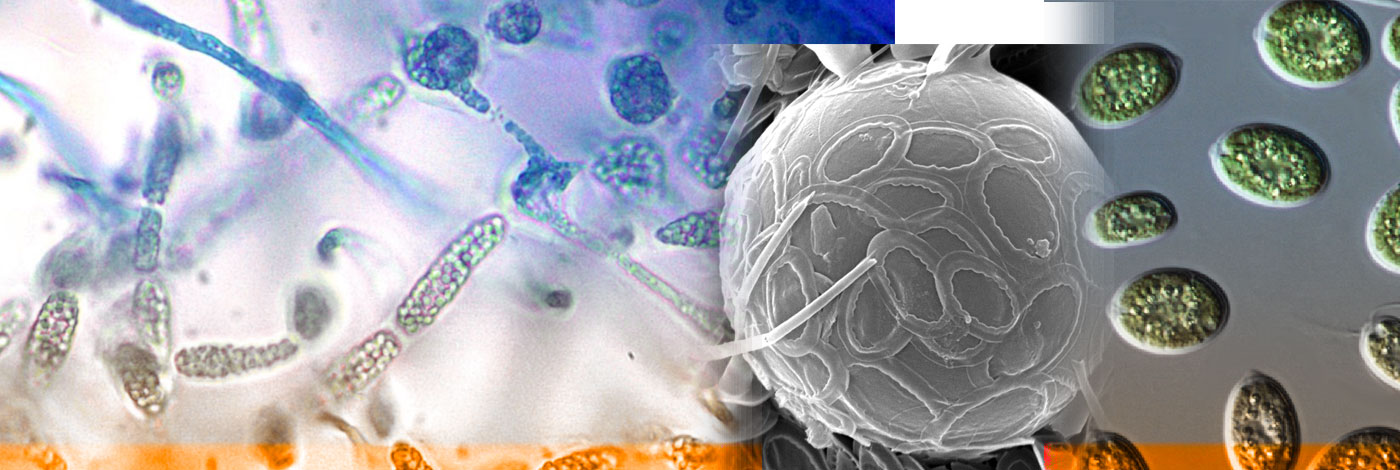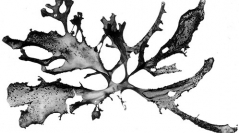

 Cryptogamie, Algologie
25 (3) - Pages 241-259
Cryptogamie, Algologie
25 (3) - Pages 241-259The marine red alga Meristotheca dakarensis Faye et Masuda, sp. nov. (Solieriaceae, Gigartinales) is described on the basis of material collected at Dakar, Senegal, western Africa and distinguished from other members of the genus by the following combination of morphological features: 1) irregularly dichotomously branched, thick, fleshy, tough, decumbent blades 10-30 cm in length and 500-1200 μm in thickness, with segments 1-4 cm in width; 2) tetrasporangial initials cut off basally from their parental cells; 3) dioecious gametophytes; 4) (2-)3(-4)-celled carpogonial branches, the basal cell of which rarely bears a single lateral cell; 5) the presence of an auxiliary-cell complex; and 6) the production of numerous protuberant cystocarps on the dorsal surfaces (less frequently on the ventral surfaces and margins) of the mid to distal portions of the blades. Molecular-phylogenetic analyses based on rbcL gene sequences indicate that Meristotheca dakarensis is contained within a monophyletic clade that includes species currently placed in either Meristiella and Meristotheca, the clade becoming paraphyletic with the recognition of both genera. Pairwise distances between M. dakarensis and other species of the genus complex are large, ranging from 44 bp to 64 bp (4.3% to 5.1%). Anatomical features previously used to distinguish Meristiella Cheney from Meristotheca J. Agardh (the absence of carpogonial nemathecia; the presence of an auxiliary-cell complex; cystocarps that bear conspicuous spines) are shown to be inconsistently displayed among species of the clade, and it is proposed as a result of both morphological and molecular data that Meristiella be subsumed in Meristotheca, the necessary new combinations being made as a consequence.